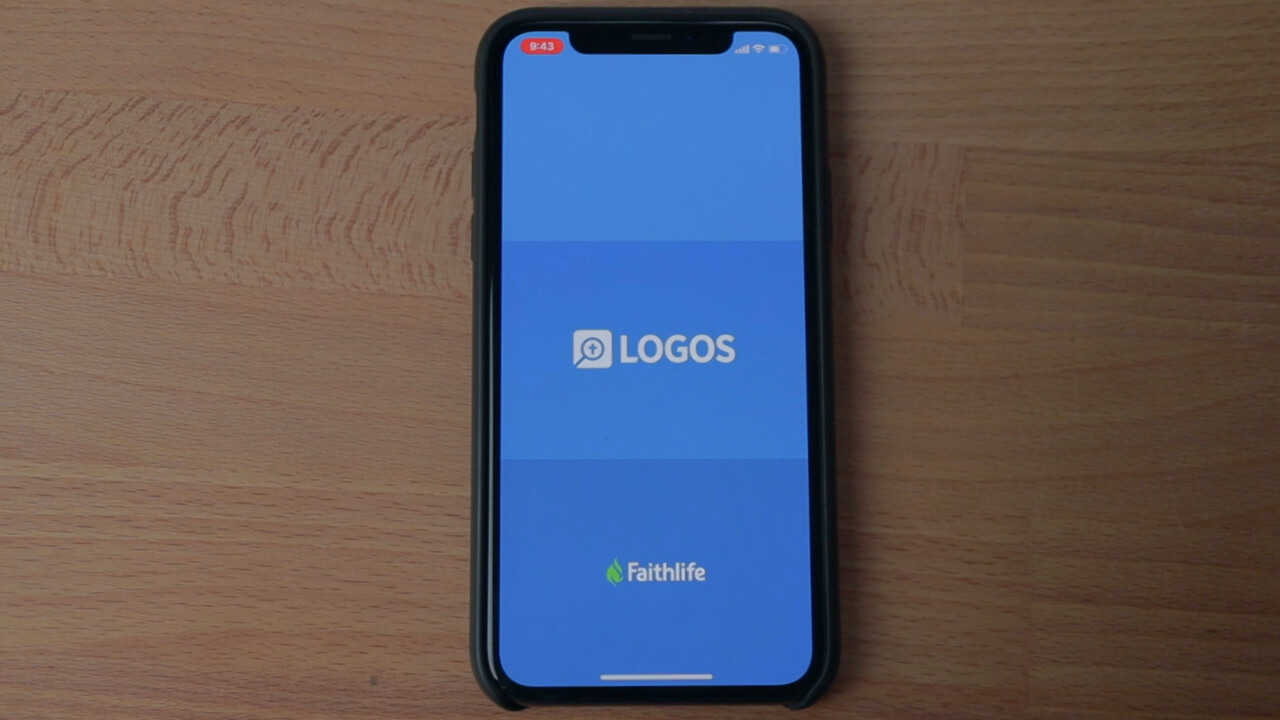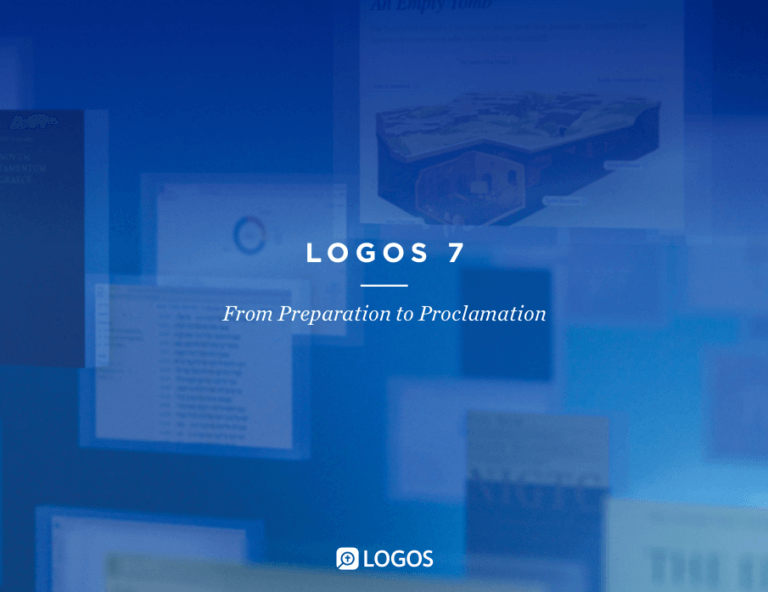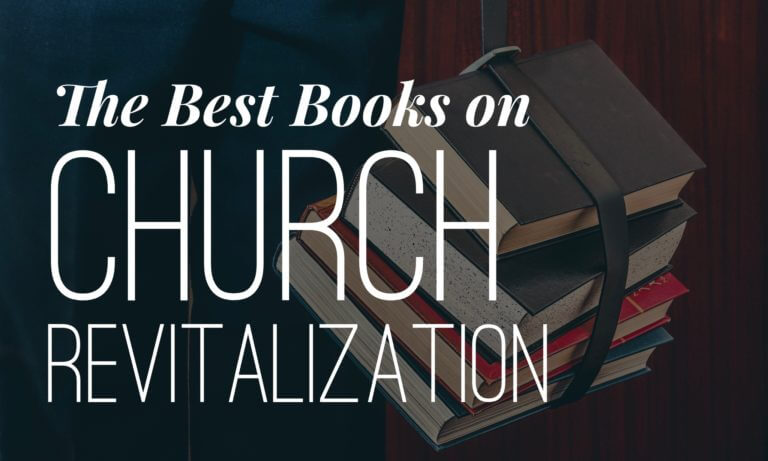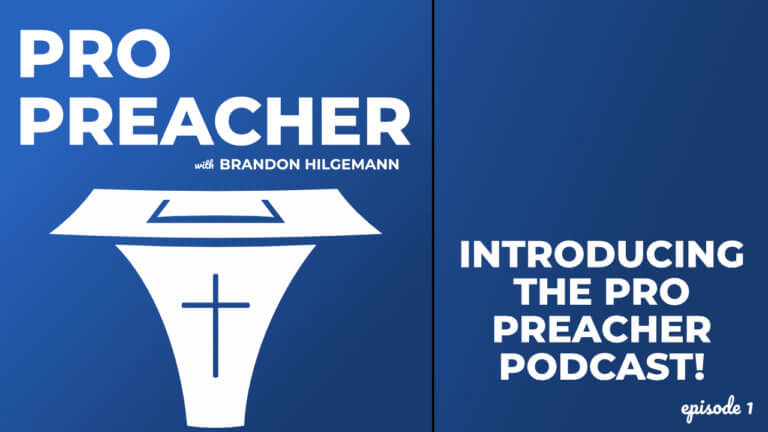Logos 9 Mobile App Review: the New best app for preaching!

When I published my Logos 9 review, I did not yet have access to the updated Logos 9 mobile app. Now that I’ve had it for a little while, here are my thoughts on the updates.
But before we get into the app, you need to know a few things:
First, all of my mobile devices are Apple products. So I have an iPhone X and an old iPad Air 2 that I use. So I cannot comment on what the app is like on Android. But I would assume it is about the same.
Second, the iPad and iPhone apps are identical. The only difference I can see is the size of the screen. All of the features are the same.
DISCOUNT: Use this link to get 15% off Logos 9 and 5 free books.
Preaching Mode
In my Logos 9 review of the desktop app, I talked at length about the new Sermon Builder. It’s one of the most useful features of the upgrade.
In the mobile app, you can access all the sermons you’ve created in the sermon builder. You can read them and marvel at your prose, but unfortunately, you cannot edit it. Bummer. That would have been nice.
So if you spot a glaring typo or have a quick thought you want to add before standing up to preach, you’ll have to run back to your desktop or laptop to make any changes.
The good news is that you can edit notes. So if you want to note a change you’d like to make or write parts of a message on the go, you could keep a note in a sermon notebook and add it in the Sermon Builder later when you’re back on your computer.
Now, I did find a workaround on my iPad. You can pull up the Logos web app, and Sermon builder works there. Unfortunately, it still doesn’t work on my iPhone. But at least it’s possible on an iPad.
I wish I could make some quick edits directly in the app, but the most important thing for me right now is that the preaching mode works.
And I have great news: Unlike on the desktop app, Preaching Mode works offline on the mobile app!
I was worried that if you were without reliable Wi-Fi, you would be at risk of standing up to preach and not being able to see your notes. But thankfully, Faithlife recognized this and made sure that you could use the preaching mode offline on mobile devices. Yes! That’s what I was hoping for.
All of the features from the desktop preaching mode are in the mobile app. The top left corner shows the current time, the top middle displays a countdown timer, next to that is an option to turn on the display of your slides that you have created in a sermon builder, and you also have all of the same display options for your text. So you can customize exactly how you want your sermon notes to look.
I also love that the app has dark mode. If you set your phone to dark mode, you’ll get a much better view for preaching because less light will be shining up on your face, keeping you from looking like you’re telling scary stories around a campfire.
Overall, this is by far the best sermon notes app that I have seen. And anytime that I’m preaching from an iPad, I’ll be using this.
It’s my favorite new update, and alone makes the update from Logos 8 to Logos 9 worth the price.
Search
One of the things that always bothered me about the Logos mobile app was that the search function, one of the most powerful things about Logos, was not easily accessible.
The Logos 9 update fixed that. Now you can effortlessly search the entire Bible or your entire library wherever you are in the app.
There’s a search icon in the main menu at the bottom of the screen. So with one press, you can easily access the search menu. You’ll even see a few tips on how you can use the search features. You can look for a single word, a phrase containing all of the words you type, a phrase containing any words you type, an exact phrase, a phrase without a particular word, or just search for references to a specific passage of Scripture in your library. All of this, on your phone, in a matter of seconds. That’s amazing.
When you click on the search bar, you’ll notice options to either search your entire library, just the Bible, or you a specific resource.
This is great if you want to search for a specific phrase in your Bible or look for something specific in a commentary or another book.
There is also a search bar at the top of whatever resource you have opened. So in your Bible, you can type a reference to jump immediately to that location, or you can search for a phrase in your Bible, or search for words just in your Bible or your entire library.
This is incredibly helpful for finding a specific passage you were looking for or quickly seeing every verse using a word or phrase.
And just to make sure that the search menu is always accessible, there’s also a search button in the sidebar menu.
So wherever you go, the power of searching your entire Logos library is always at your fingertips.
Reading Plans
I use the reading plan in Logos for my daily Bible reading. It helps me keep accountable for reaching my goal of reading through the entire Bible in a year. I do this every year.
So I’ve created a layout that includes my reading plan that I tap first thing in the morning, and I’m ready to start reading.
The new reading plan in Logos 9 has raised the bar. As I mentioned in my earlier review, you can have reading plans for the Bible and any other book in your library. So that’s nice if you want to pace yourself through a larger work.
And in the mobile app, they’ve overhauled the reading plan even more. Not only will you see your Bible reading plans in the text of the Bible as you’re scrolling through, making it easy to mark sections as completed as you go, but you also can do reading sessions now.
Tap the session in your reading plan, and it will take you to a view of only the section that you were supposed to read for the day. Once you’re done, hit finish, and it’s marked as read.
I also have to point out that you can adjust what you see in the text (footnotes, the size of text, dark mode, and so on), and you can also tap the speaker icon on the top right of the app and listen to the audio version of your Bible. This is great for mornings where I’m running a little behind. I can now listen to my daily reading in my car on the way to the office or even on my morning run with my dog. I don’t use this feature as much as I probably should, but it’s awesome to know that it’s there.
Factbook
The new and improved Factbook is also included in the mobile app now. This is great if you’re doing some sermon prep or any kind of Bible study on the go.
Simply click the menu, hit Factbook, and type your topic or reference in the search bar.
For example, if I were to type Colossians 1:15, I’ll see a few different options that I could choose, or I could just hit search. It immediately pulls up a ton of material on the first chapter in Colossians, and I am off to the races in my studying. I have quick access to media, events mentioned, sermons in my library, passage guides, exegetical guides, and more.
I could also type in a topic like grace. And I will see things like grace as a preaching theme, as a counseling theme, theological concepts regarding grace, and more. Again, if I click the top option for Grace as a concept, I see some key articles, quick word study, examples of grace in the Old Testament, key passages, media, dictionaries, journals, books from my library, and more.
This is a powerful feature, almost like having a research assistant in your pocket. It would take me hours to thumb through a library trying to find all of these resources on a specific topic. With the new Logos Bible app, it’s all there at the push of a button. Technology is incredible.
Passage Lists
One last new feature that I want to point out is the new passage lists. In the mobile app, you can pull up any passage lists that you’ve made on the desktop app. But to be honest, this feature seems a bit half-baked.
It’s nice that you can view the passages, but you can’t edit the lists. Why can’t we add or remove passages?
Now, one cool feature that relates to this is the Reference Scanner. If you open up the side menu and scroll down to the camera icon that says reference scanner, you can take a picture of anything with a Bible reference, and Logos will pull up the verses. So if you’re in church and want to look up a reference in the bulletin, or maybe you’re reading a book with a reference to Bible verse that you want to look up, you can snap a quick photo, and Logos will show you the verse or even multiple verses in the same shot.
If you want to save these verses for later, you now have the option of saving them as a new passage list.
This is wonderful and helpful. However, I feel like it just lacks the option to add references to an existing list. Why can’t we edit our lists on the app?
So as great as this feature is, I’m a little disappointed that it’s not fully functional. I’m hoping Faithlife hears me and fixes it in the future update.
Conclusion
The Logos 9 Bible app is the best Bible app in the App Store for serious students of God’s Word. Other apps cannot beat the power and versatility of Logos. The reading plans are vastly improved. Preaching mode is incredibly helpful if you are a pastor or leading a Bible study even. You now have quick access to searching your entire library or launching comprehensive studies with the new Factbook. Incredibly, all of this is packed into one mobile app.
Also, there are even more features still available from the previous version of the app that I didn’t get over: clippings, prayer lists, passage guides, exegetical guides, topic guides, word studies, text comparisons, and more.
The only things missing are the ability to edit sermons and passage list. I understand why using the sermon builder might be more challenging to make on mobile devices, but I can’t think of why something as simple as adding and removing items on a passage list is not here yet.
That being said, I am incredibly excited about the advances that they have made this year. This Bible app is almost perfect, and I can’t wait to see further updates.
The Logos Bible app is my choice for all of my Bible reading and research on the go. And now it’s my new favorite preaching app too.





I want a preaching books